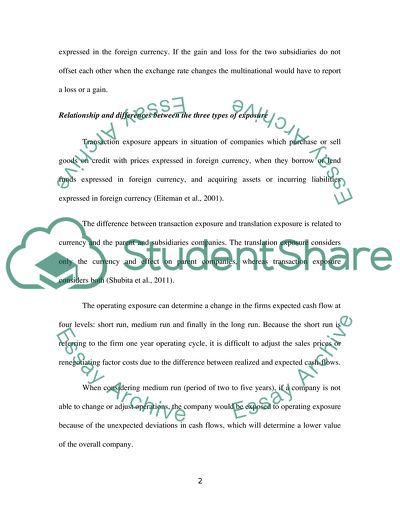Cite this document
(“Exposures, Financial Contracts, and Operational Techniques Essay”, n.d.)
Exposures, Financial Contracts, and Operational Techniques Essay. Retrieved from https://studentshare.org/finance-accounting/1606611-exposures-financial-contracts-and-operational-techniques
Exposures, Financial Contracts, and Operational Techniques Essay. Retrieved from https://studentshare.org/finance-accounting/1606611-exposures-financial-contracts-and-operational-techniques
(Exposures, Financial Contracts, and Operational Techniques Essay)
Exposures, Financial Contracts, and Operational Techniques Essay. https://studentshare.org/finance-accounting/1606611-exposures-financial-contracts-and-operational-techniques.
Exposures, Financial Contracts, and Operational Techniques Essay. https://studentshare.org/finance-accounting/1606611-exposures-financial-contracts-and-operational-techniques.
“Exposures, Financial Contracts, and Operational Techniques Essay”, n.d. https://studentshare.org/finance-accounting/1606611-exposures-financial-contracts-and-operational-techniques.


